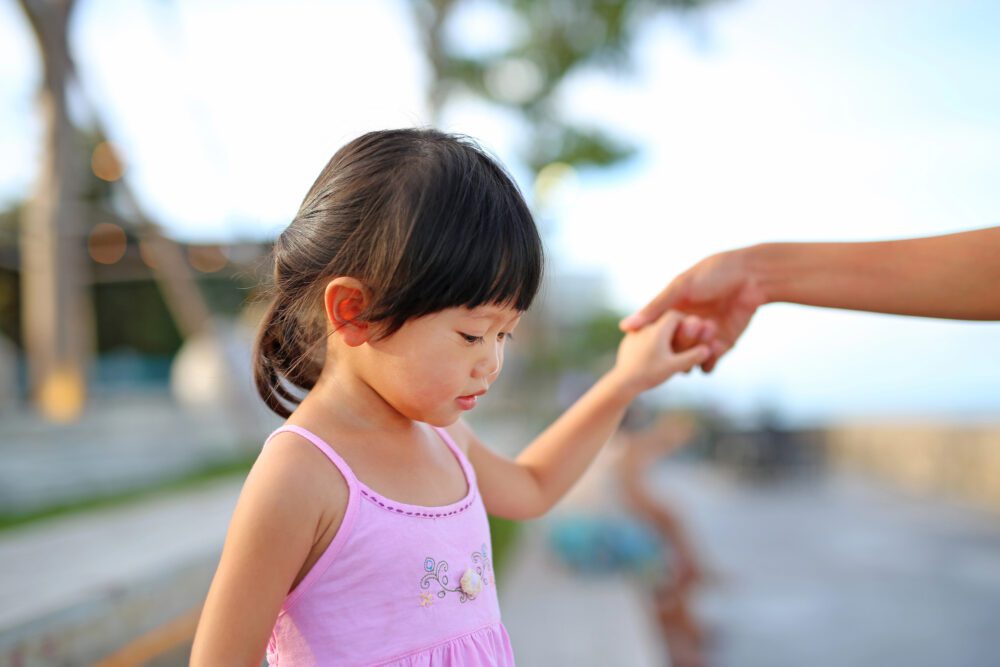Separation Anxiety
10 Tips to Ease Separation Distress

Separation distress or anxiety is quite common and Margot Sunderland in her book, The Science of Parenting, believes this distress can influence children even as old as 8.
The changes of environment, people, routines and the number of other children they are interacting with can all cause spikes in the hormone cortisol, which creates the stress symptoms that you may see crying, clinging, tummy aches, refusal to leave your side, poor appetite, restless sleep and even outbursts and tantrums.
Remember this means the downstairs brain is registering threat and is acting accordingly. They key stressor for children is separation from the most significant grownup who is their protector.
As a starting point, it is useful to explain to kids that new things, places and people often make even adults feel those same feelings of being a little unsettled or anxious.
Young children usually have strong imaginations and I have found that some small techniques that strengthen the connection to Mum or Dad while they are away can help lots:
- You could help them create an imaginary protector. They imagine having their huge protector with them while they are away from you! I have two free downloads that could help here:
- Fill an empty, clean, small container with a lid with kisses from everyone they are fond of, and tuck it in the bottom of their back pack.
- As they leave home always place a kiss from mummy in the same hand, left and daddy in the right it is also magic and stays there all day.
- Practise sending them rainbows of love from your heart to theirs at recess and lunch and ask them to send one to you when they miss you.
- Put a really small stuffed toy maybe smelling of your perfume, Dad’s aftershave or with a lipstick kiss in bottom of backpack. Again they don’t feel so separate and alone.
- Draw funny pictures on their lunch bags.
- Take a small bite out of their sandwich.
- Teach them how to take 3 big breaths and breathe out the butterflies hiding in their tummy or gently rub their tummy telling the butterflies they are safe.
- Teach them how to calm themselves by singing ‘Round and Round the Garden’ in their hand while making circles in their hand, just as you would do music and touch trigger feel-good hormones.
- Help build a special connection to one teacher or teacher assistant who can nurture their transition.
You may also like to check out my video blog on transition for young kids and adolescents.
These tips can be modified to help children going on school camps too.
For more information on when separation distress and more chronic separation anxiety, read my common concerns page.
Image credit: © By civic_dm@hotmail.com /Depositphotos.com




 Manage Membership
Manage Membership